
FUN (Feeling the UNfelt: Assistive Technology accessible digital environments with a haptic interface) is a 2-year HEIF funded research project designed to help address the current lack of (freely) available accessible software resources for children and young people (CYP) who have physical disabilities, specifically with a focus on learning about the physical world through gameplay and haptic feedback. The project is a partnership between Bournemouth University and Livability Victoria School in Poole (find more about the project here).
As the FUN project is coming to its end (finishing on 31st July 2022), we organised a dissemination and networking event on 5th May in the Executive Business Centre. The main aim of the event was to present and demonstrate our project outputs and discuss its future potential with relevant internal and external academics and professionals, thus setting the stage for building wider impact. There were four presentations, one guest talk, two demo sessions, and a discussion at the end. Besides BU academics working on this and other related Assistive Technology projects, there were external people with various backgrounds related to special education, including teachers, technicians, consultants, occupational therapists, and assistive technologists, coming from BU, Livability Victoria School, Langside School, Treloar School and College, and the ACE Centre.
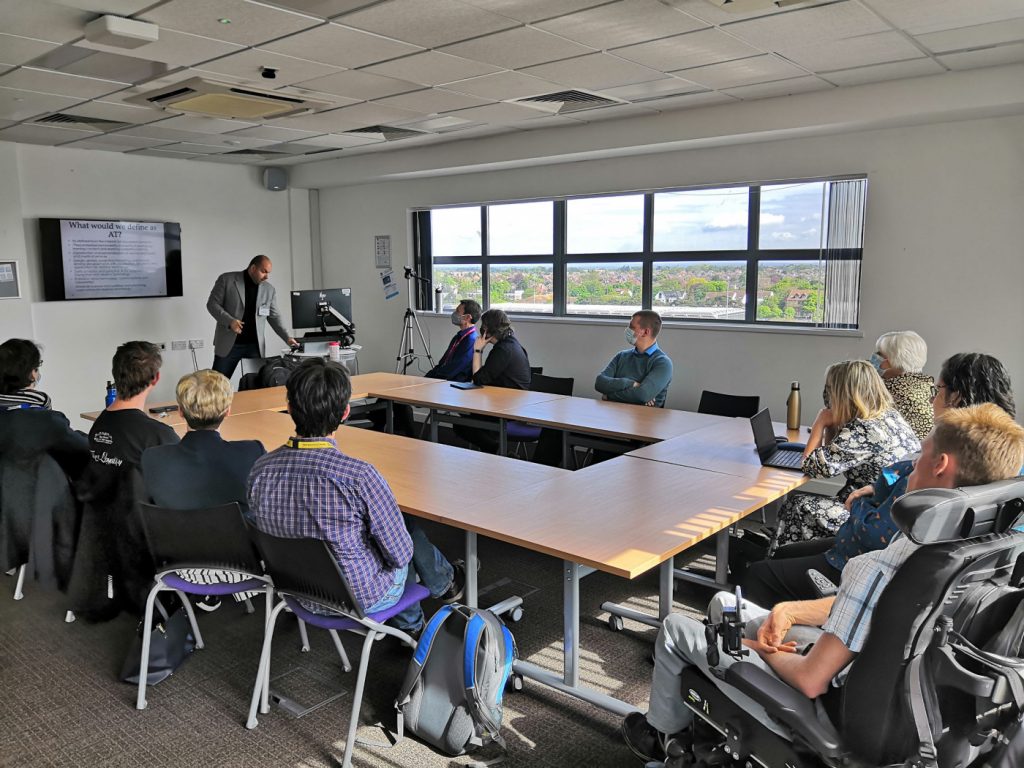
After opening the event, Dr Vedad Hulusic, the PI on the project, invited Prof Christos Gatzidis, the convener of the Assistive Technology (AT) Strategic Investment Area (SIA) who gave a brief presentation on the AT SIA strategy and other related AT-related projects at BU. This was followed by the FUN project presentation by Dr Mark Moseley, a postdoctoral research assistant on the project. At the end of his presentation, Mark gave a short demo of the FUN educational games and invited everyone to try them themselves using either touchscreen or eye-gaze interaction.
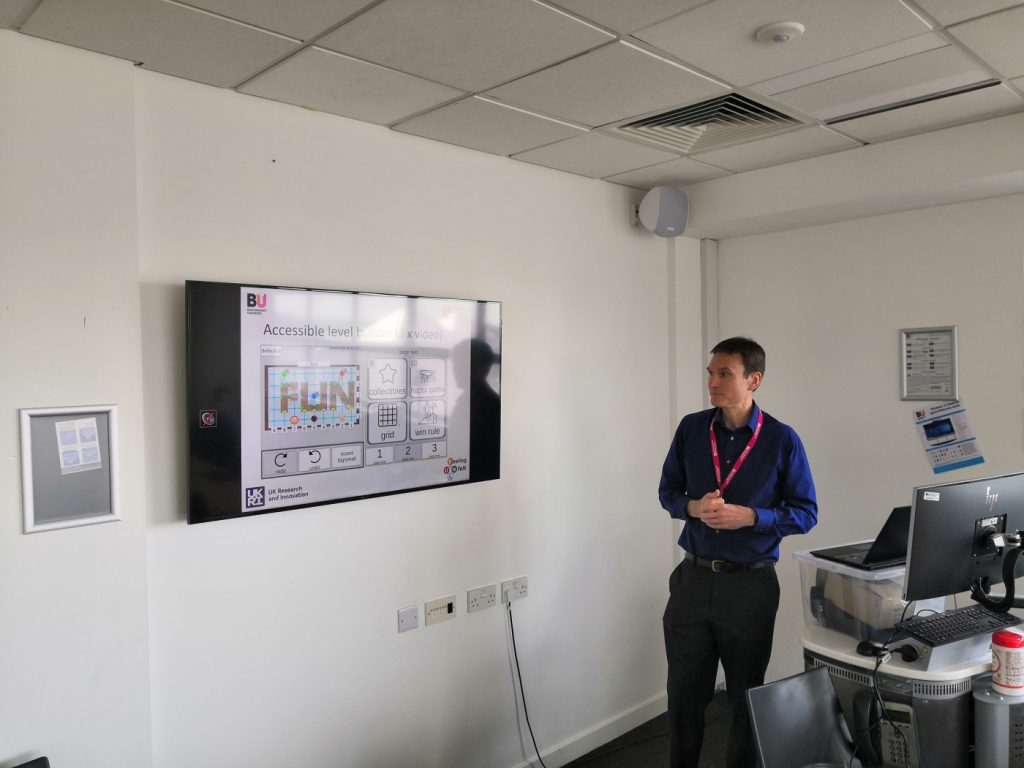
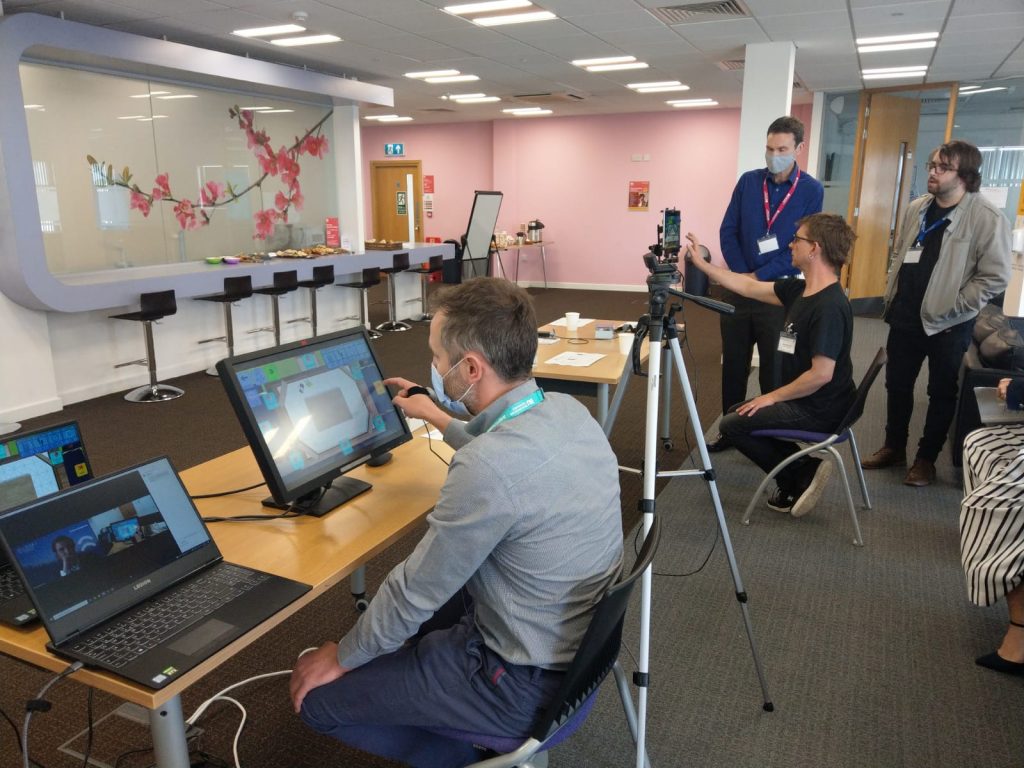
The guest speaker was Prof Pedro Encarnação from the Universidade Católica Portuguesa (UCP). In his talk titled “The use of physical and virtual robots to promote inclusive education” he covered his group’s work on physical and virtual robots and presented the results showing the success of virtual environments for children and young people in the educational setting. This was followed by a presentation by Dr Huseyin Dogan and Dr Paul Whittington who talked about the case studies of user ability detection, accessibility requirements capture, and provision of Assistive Technology recommendations – the work their group has been working on for the past few years. In the end, there was another demo session and a discussion on the past, present, and future of AT, instigating great participation by all participants.
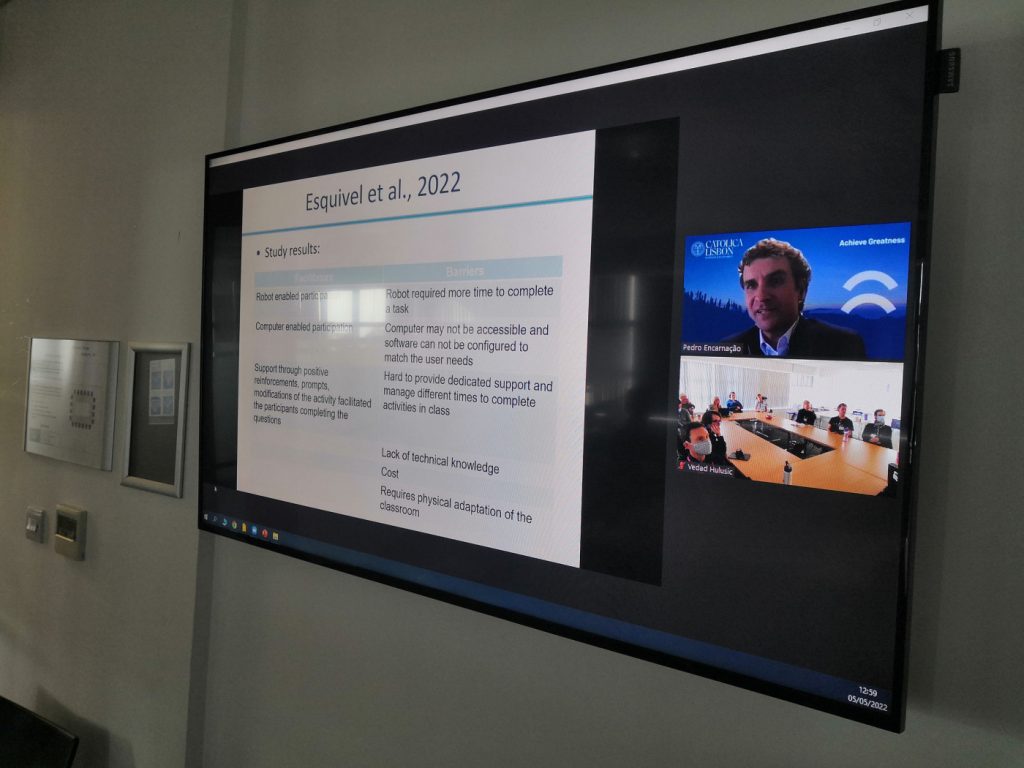
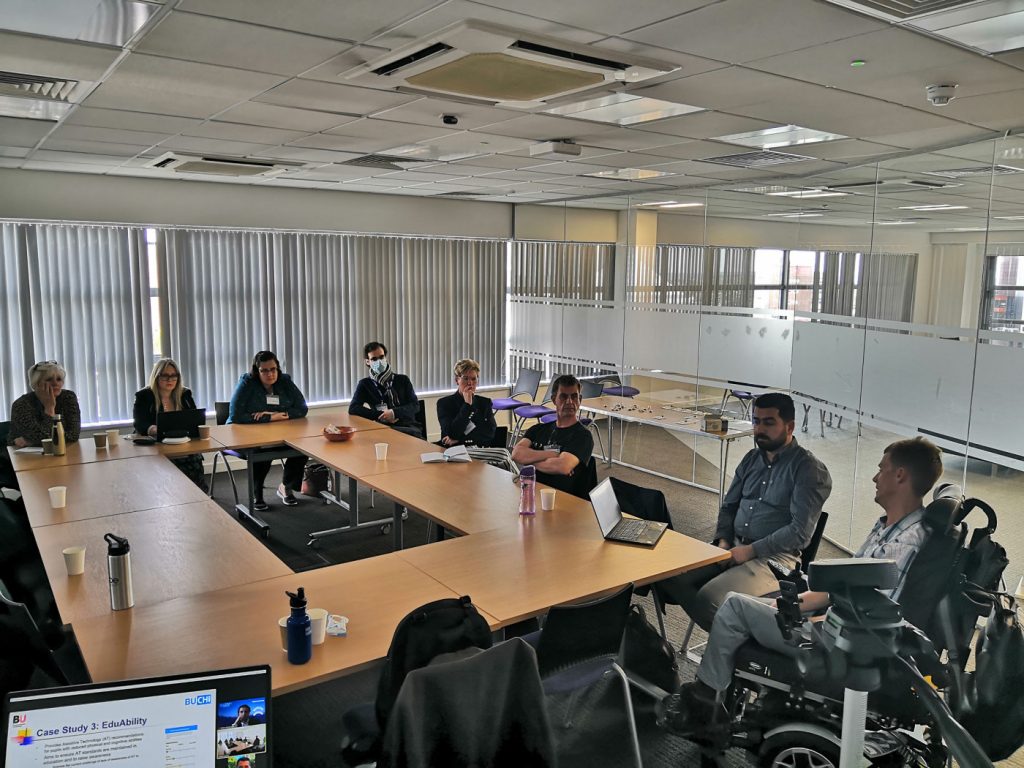
The FUN games are being finalised and will be freely available both as standalone (executable) as well as web-based (running in a web browser) software. The aim is to have these games available in as many special schools across the UK and beyond, and in homes of CYP who will be able to use them independently without required supervision and assistance. The users will be able to create personal profiles and configure all required accessibility and game features to make their experience as FUN as possible, as well as to create new in-game content for themselves and their peers. The event participants had very positive feedback on the FUN project and games and anticipated a significant impact through the improvement of the quality of life of CYP with physical disabilities, their parents, caregivers, and teachers. The FUN team plans to extend this project by strengthening existing and creating new collaborations. The extensions will be multidirectional involving co-design with practitioners, changing practices, policies, and curricula in special schools, and having such games being used in educational institutions allowing CYP with profound disabilities to have FUN while learning.
“I really enjoyed the day – fascinating, inspiring & really positive.“ – Teacher, Livability Victoria School
“Haptic device easily put on/off, providing good feedback to a child. Worth considering use with adults with learning disabilities.” – Occupational therapist, Langside School
“The students involved whom I work with enjoyed the sessions + it was something that enhanced their self-esteem.“ – Teacher, Livability Victoria School
“It can be easily adapted to make it accessible to a wider range of individuals.“ – AAC consultant, ACE Centre
“Very good, simple to setup and use.“ – Technician/Music teacher, Livability Victoria School
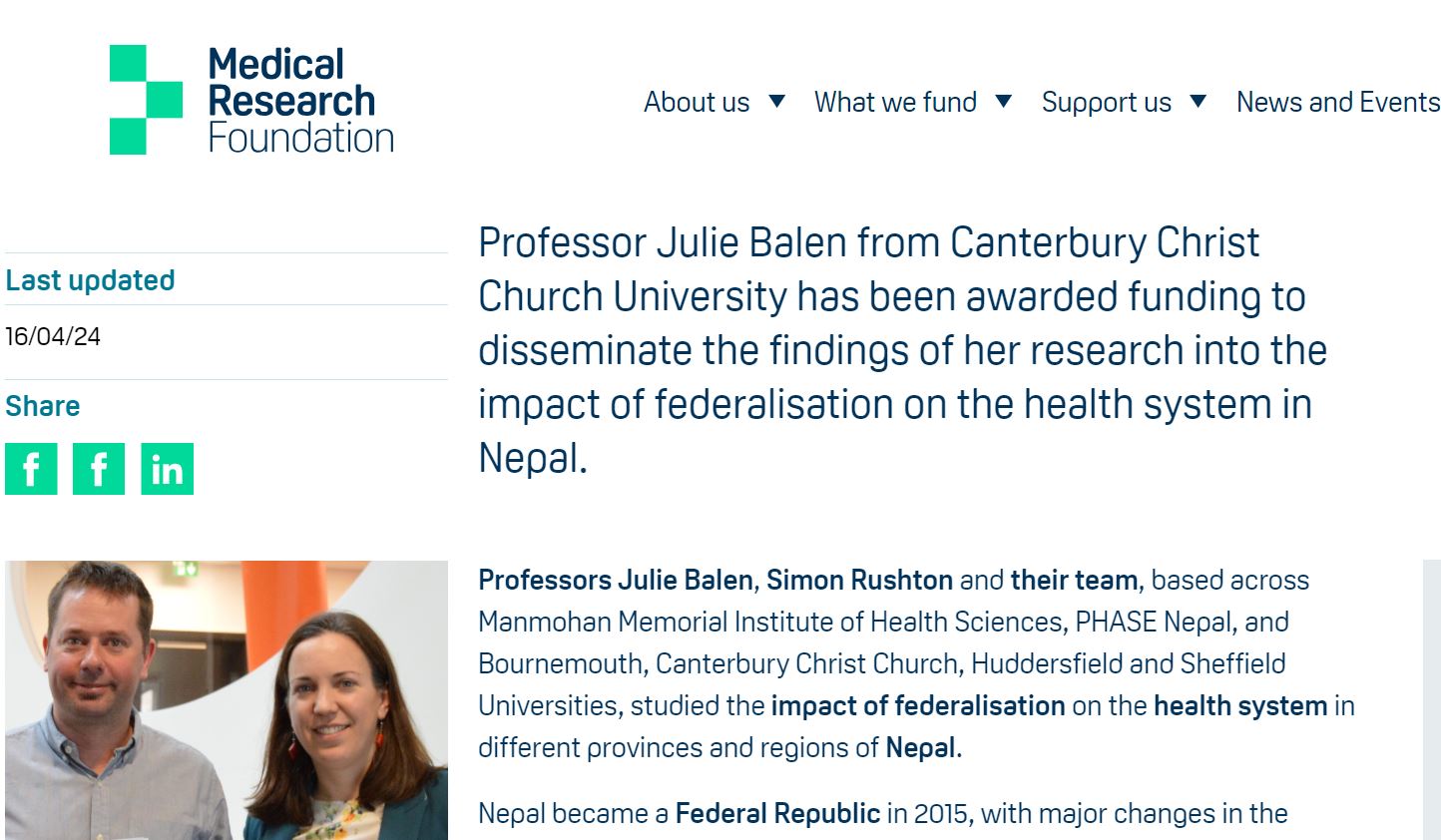 Last week the MRF announced that it has granted £30,294 for a project to ‘Strengthening Nepal’s health systems’. This Dissemination Award has been offered to expand the reach and impact of our recently completed study which was funded by the UK Health Systems Research Initiative [Grant ref. MR/T023554/1]. In this larger Nepal Federal Health System Project we studied the effects on the health system of Nepal’s move from a centralised political system to a more federal government structure in 2015. This interdisciplinary project was led by the University of Sheffield in collaboration with Bournemouth University, the University of Huddersfield, Canterbury Christ Church University and two institutions in Nepal: MMIHS (Manmohan Memorial Institute of Health Sciences) and PHASE Nepal.
Last week the MRF announced that it has granted £30,294 for a project to ‘Strengthening Nepal’s health systems’. This Dissemination Award has been offered to expand the reach and impact of our recently completed study which was funded by the UK Health Systems Research Initiative [Grant ref. MR/T023554/1]. In this larger Nepal Federal Health System Project we studied the effects on the health system of Nepal’s move from a centralised political system to a more federal government structure in 2015. This interdisciplinary project was led by the University of Sheffield in collaboration with Bournemouth University, the University of Huddersfield, Canterbury Christ Church University and two institutions in Nepal: MMIHS (Manmohan Memorial Institute of Health Sciences) and PHASE Nepal. 
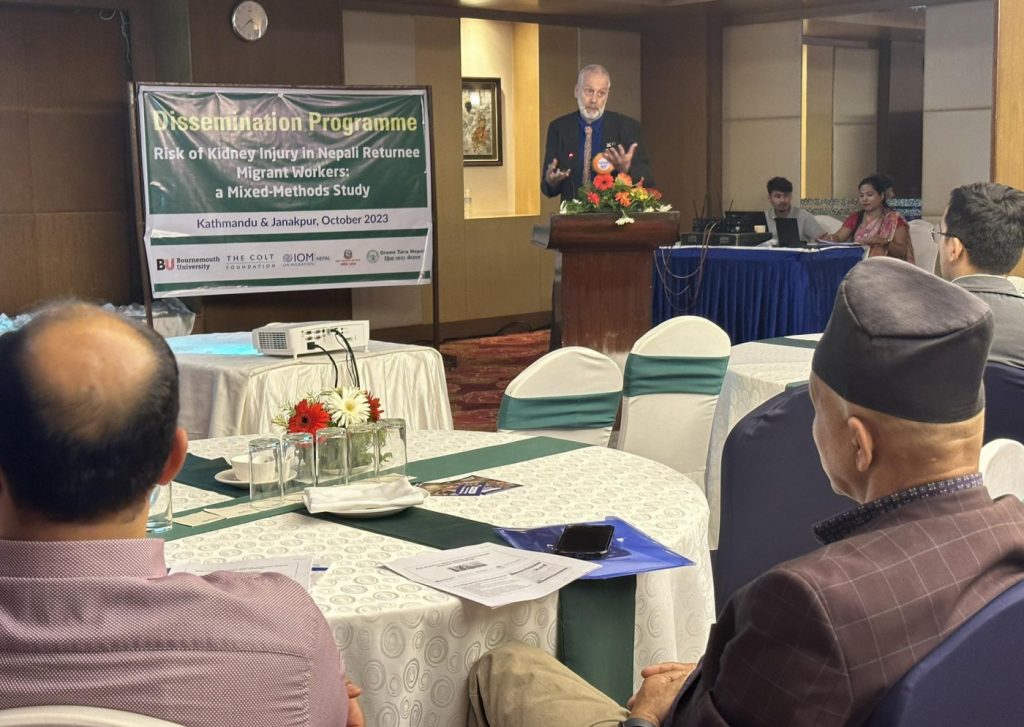
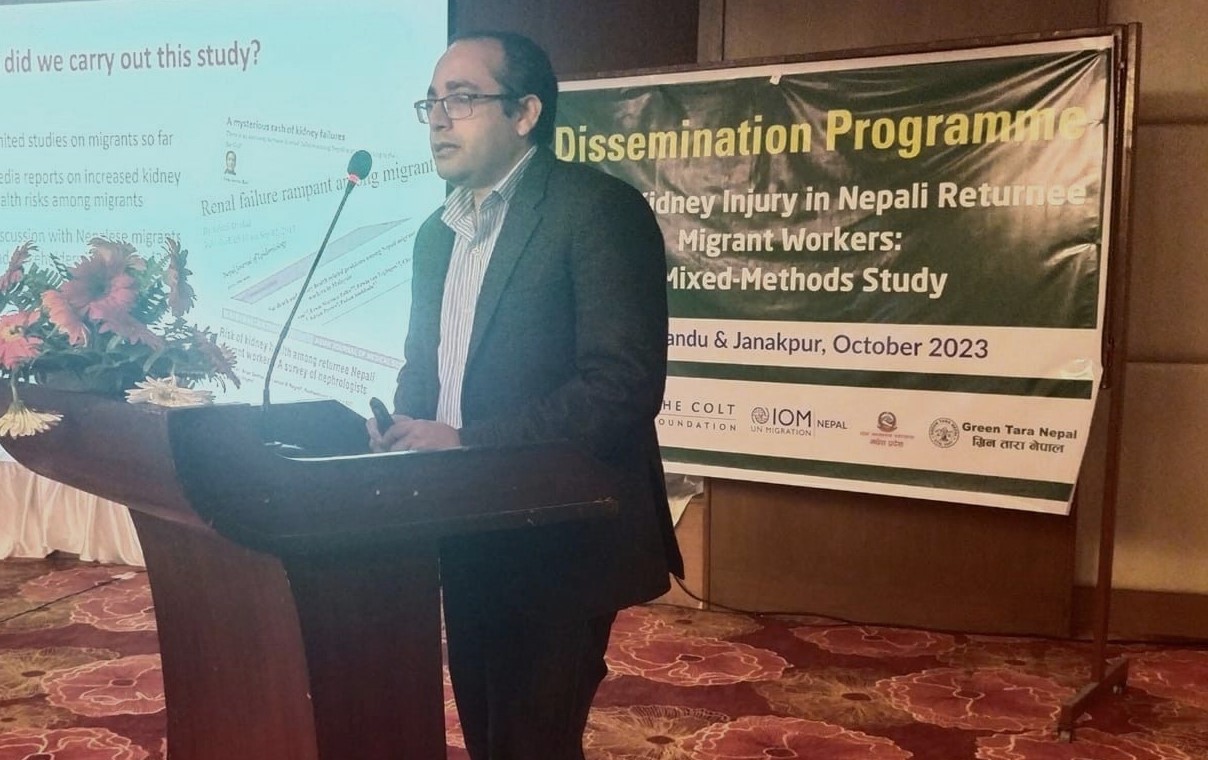
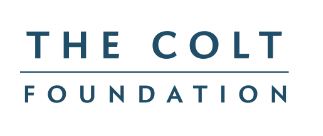
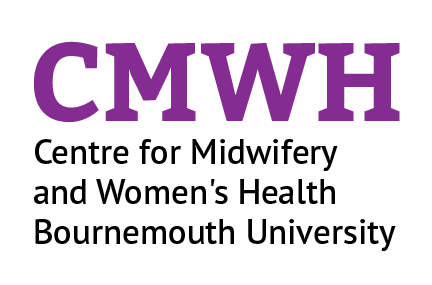






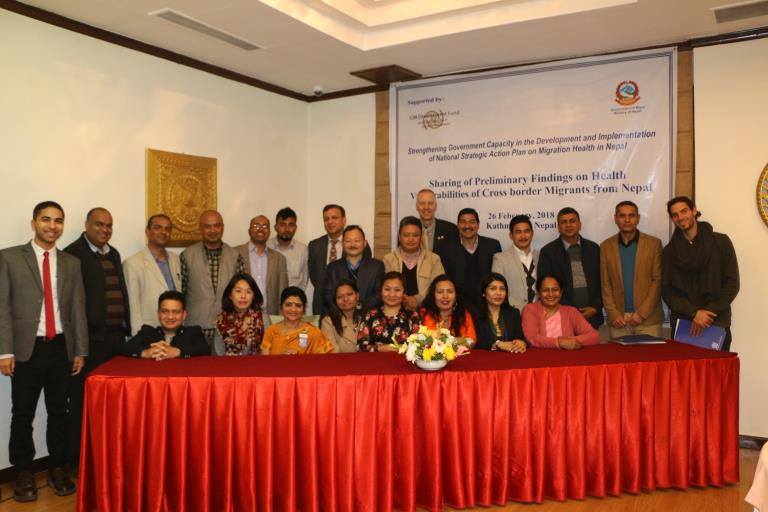

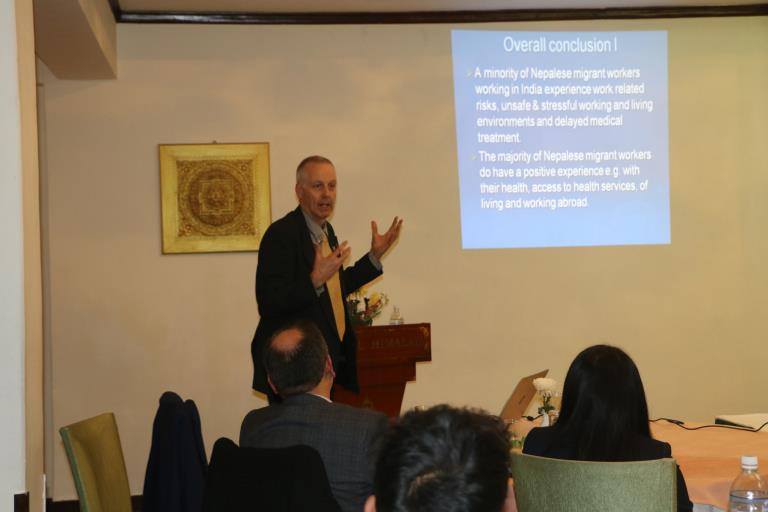
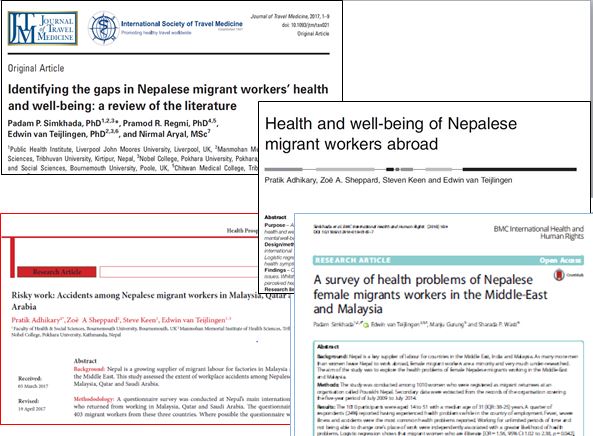
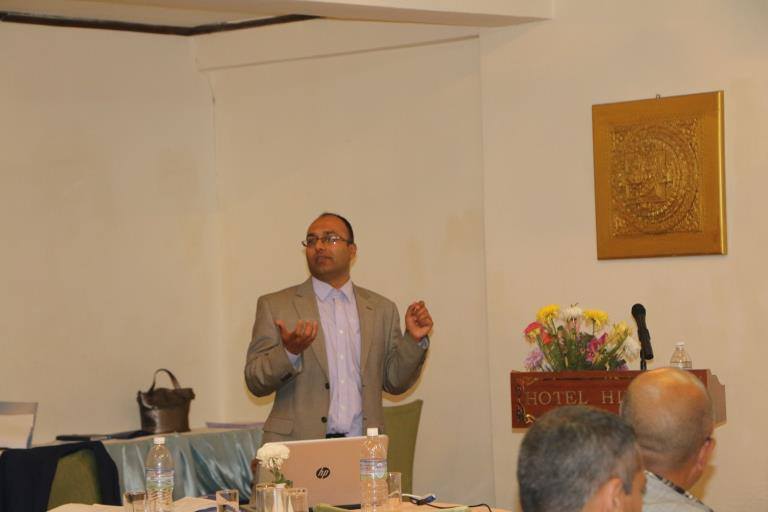
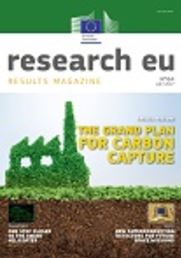


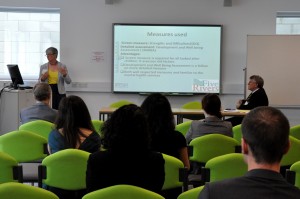


 Back in August, Susan added a post to the Blog on using Twitter (
Back in August, Susan added a post to the Blog on using Twitter (
 The blogosphere sounds like a strange galaxy in another dimension, but is the term used to refer to all blogs (such as this one!) and their interconnections. Readers of blogs share their thoughts and views in a collected community. Academic blogs tend to focus on professional topics, showing explicit connections between blog content, research issues and academic life, and more academics than ever are now engaging with the blogosphere to share their work, establish networks and connections, and to develop their careers. But are the benefits really that great?
The blogosphere sounds like a strange galaxy in another dimension, but is the term used to refer to all blogs (such as this one!) and their interconnections. Readers of blogs share their thoughts and views in a collected community. Academic blogs tend to focus on professional topics, showing explicit connections between blog content, research issues and academic life, and more academics than ever are now engaging with the blogosphere to share their work, establish networks and connections, and to develop their careers. But are the benefits really that great?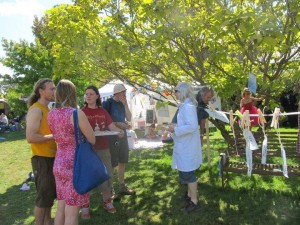 Following the BU Research Blog entry of 12th July, entitled ‘
Following the BU Research Blog entry of 12th July, entitled ‘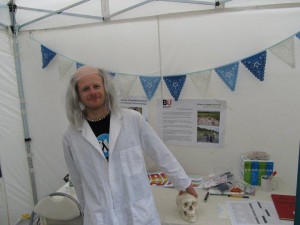
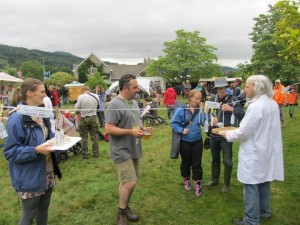 The event was massively successful with well in excess of 1,000 people of all ages visiting the stall and engaging in activities over the weekend. Feedback was hugely positive and follow up events at other festivals are already in the initial stages of planning.
The event was massively successful with well in excess of 1,000 people of all ages visiting the stall and engaging in activities over the weekend. Feedback was hugely positive and follow up events at other festivals are already in the initial stages of planning. 
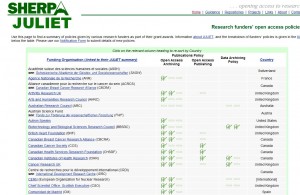
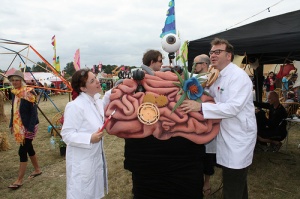 Since 2007
Since 2007 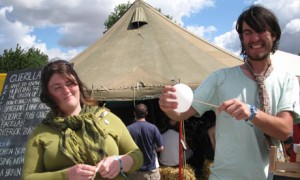 A survey in 2010 demonstrated that ca. 80% weren’t expecting to encounter science at a festival and that many participants said they stumbled across the activities by accident but stayed because they looked fun. In addition 84% said they would ‘definitely take part again’.
A survey in 2010 demonstrated that ca. 80% weren’t expecting to encounter science at a festival and that many participants said they stumbled across the activities by accident but stayed because they looked fun. In addition 84% said they would ‘definitely take part again’.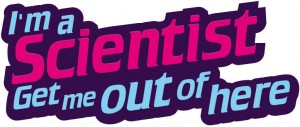











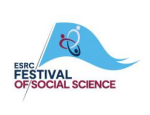 ESRC Festival of Social Science 2025 – Reflecting back and looking ahead to 2026
ESRC Festival of Social Science 2025 – Reflecting back and looking ahead to 2026 3C Event: Research Culture, Community & Cookies – Tuesday 13 January 10-11am
3C Event: Research Culture, Community & Cookies – Tuesday 13 January 10-11am Dr. Chloe Casey on Sky News
Dr. Chloe Casey on Sky News Final Bournemouth University publication of 2025
Final Bournemouth University publication of 2025 On Christmas Day in the Morning…
On Christmas Day in the Morning… ECR Funding Open Call: Research Culture & Community Grant – Application Deadline Friday 12 December
ECR Funding Open Call: Research Culture & Community Grant – Application Deadline Friday 12 December MSCA Postdoctoral Fellowships 2025 Call
MSCA Postdoctoral Fellowships 2025 Call ERC Advanced Grant 2025 Webinar
ERC Advanced Grant 2025 Webinar Horizon Europe Work Programme 2025 Published
Horizon Europe Work Programme 2025 Published Update on UKRO services
Update on UKRO services European research project exploring use of ‘virtual twins’ to better manage metabolic associated fatty liver disease
European research project exploring use of ‘virtual twins’ to better manage metabolic associated fatty liver disease